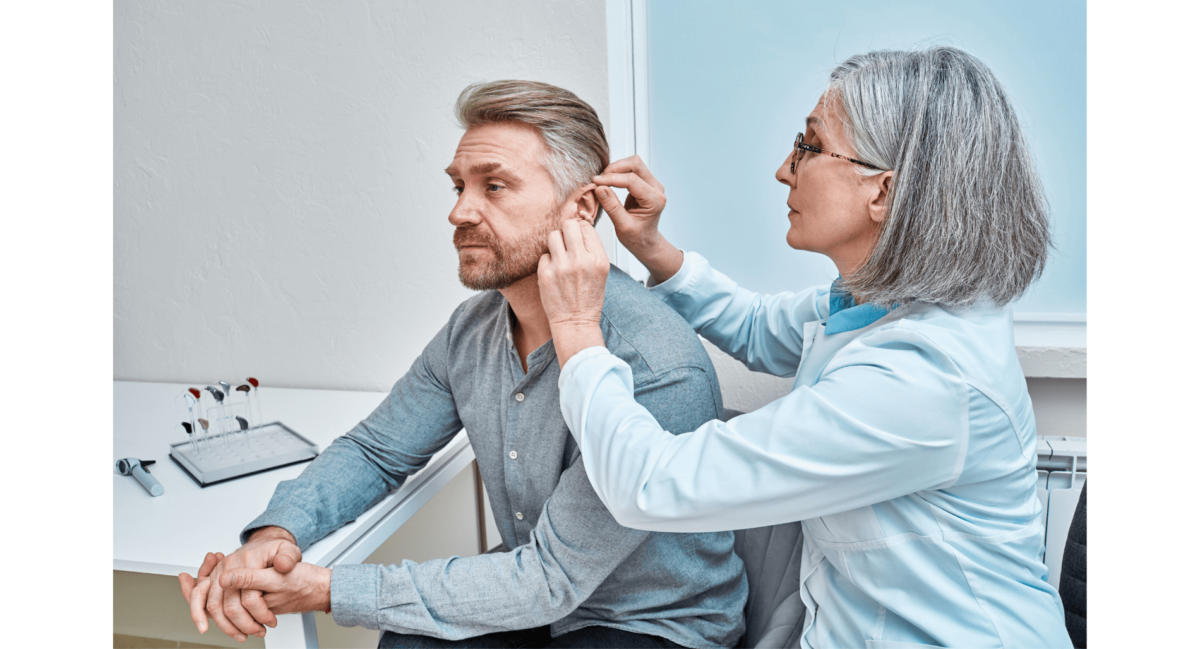Adjusting to hearing aids can be a unique experience for many. Initially, sounds may seem louder or even unfamiliar, which is a natural part of the adjustment process. Over time, the brain will become more accustomed to the new auditory input, leading to a more natural listening experience.
During this period, patience is key. Gradually increasing the amount of time spent wearing the hearing aids each day can make the transition smoother. A consistent routine can help the brain adapt more efficiently to the new sounds.
Gradually Increasing Usage
One practical tip is to start by wearing the hearing aids in quiet environments. This helps with becoming familiar with the new sounds while minimizing distractions. As comfort levels increase, usage can be extended to noisier settings.
Take breaks if you feel overwhelmed. The adjustment process is highly individual, and it’s important not to rush it. Gradual exposure ensures that the adaptation feels manageable and less daunting.
Practicing Active Listening
Engaging in active listening exercises can significantly aid in the adjustment. Activities such as listening to audiobooks or having conversations in controlled environments help the brain recognize and process sounds more efficiently. Repetition and consistency in practicing these exercises will enhance auditory skills.
It can also be helpful to focus on one sound source at a time. This focused listening can improve the ability to filter out background noise. Over time, distinguishing between different sounds will become easier and more intuitive.
Adjusting the Settings
Modern hearing aids come with customizable settings, and experimenting with these features allows for a more tailored listening experience. Volume control and noise-canceling settings can be adjusted to suit different environments and personal comfort levels.
If the hearing aids have a companion app, utilizing it can offer easier control over settings. These adjustments can make a significant difference in comfort and hearing quality. Consistently fine-tuning the settings ensures optimal performance.
Maintaining Good Habits
Developing and maintaining good listening habits is important for long-term success. Regularly cleaning the hearing aids ensures that they remain in excellent working order. Proper maintenance of these devices prolongs their lifespan and effectiveness.
In addition, it’s a great idea to wear hearing aids consistently, as consistent use allows the brain to adapt fully and benefit from the enhanced auditory input. The more they are worn, the more natural they feel, leading to a seamless integration into daily life.
Focusing on Positive Outcomes
Remaining positive and patient is a critical part of the adjustment journey. Acknowledging small improvements can boost morale and demonstrate the benefits of the hearing aids. Celebrating these milestones encourages continued use and adaptation.
Positive outcomes include improved communication, better social interactions, and a greater sense of independence. These enhancements can significantly impact the quality of life. Trust in the process and remain optimistic about the changes ahead.

